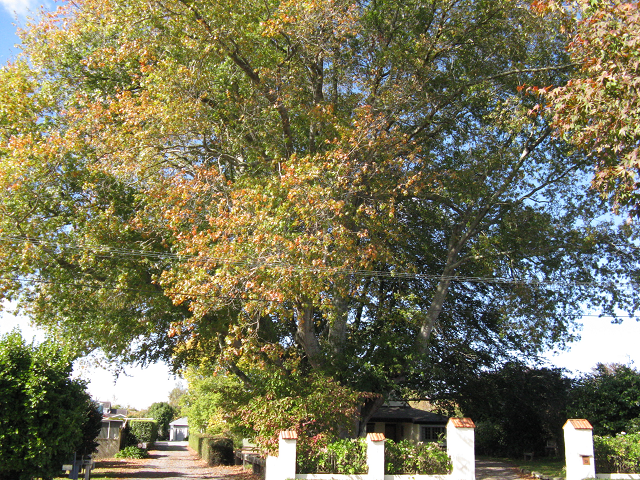Quercus coccinea is a very popular North American oak with a large, broadly columnar form. Its leaves are a dark green colour which change to a brilliant, scarlet red colour in autumn. It is also known to have the most brilliant autumn colour of all the oaks. It retains some coppery-coloured foliage during winter. It also withstands droughts once established. Deciduous, grows to 7 x 5m.
Scarlet oak is mainly native to the central and eastern United States, where it is widely distributed. It occurs on dry, sandy, usually acidic soils.
The leaves are glossy green, 7–17 cm long and 8–13 cm broad, lobed, with seven lobes, and with deep sinuses between the lobes. Each lobe has 3-7 bristle-tipped teeth. The leaf is hairless (unlike the related pin oak, which has tufts of pale orange-brown down where the lobe veins join the central vein). The common English name is derived from the autumn coloration of the foliage, which contrasts with pin oak foliage which generally turns bronze in autumn.
The acorns are ovoid, 7–13 mm broad and 17–31 mm long, a third to a half covered in a deep cup, green maturing pale brown about 18 months after pollination. The kernel is very bitter.
This tree is in Bowen St.


